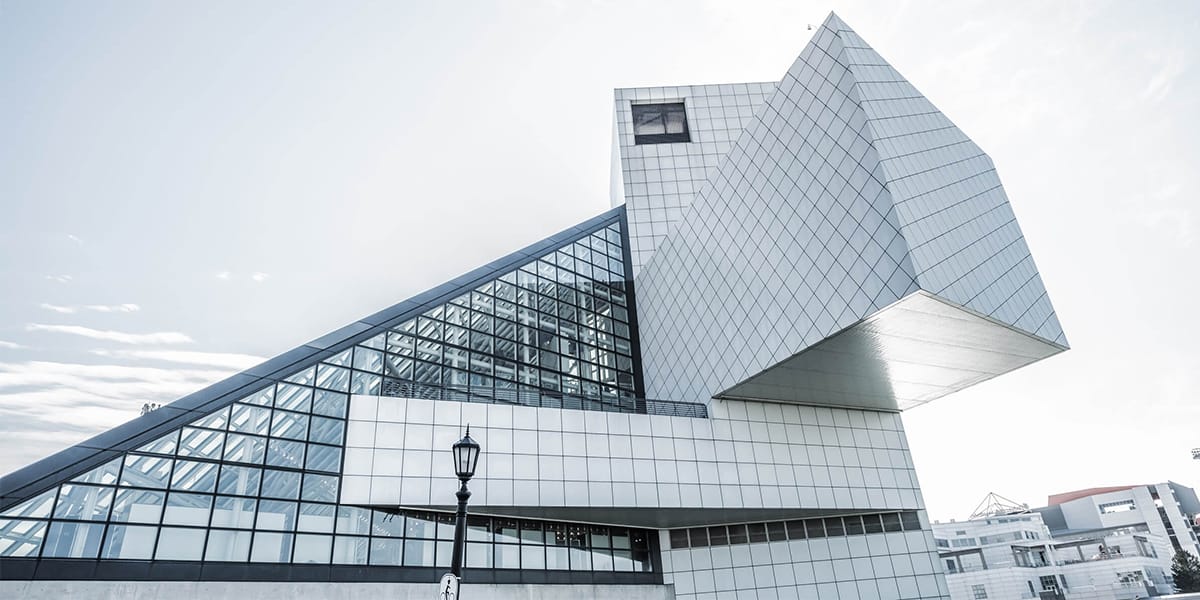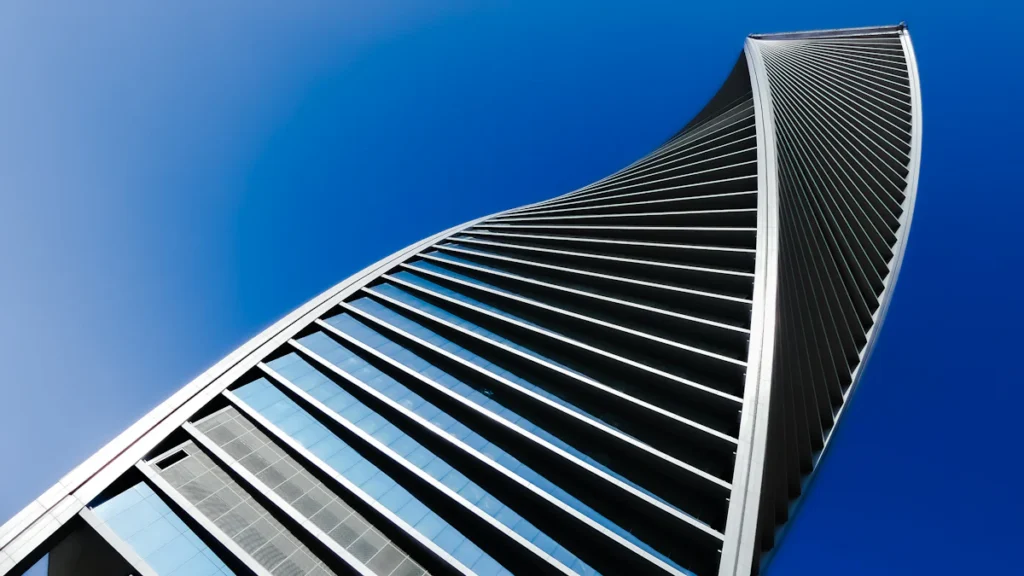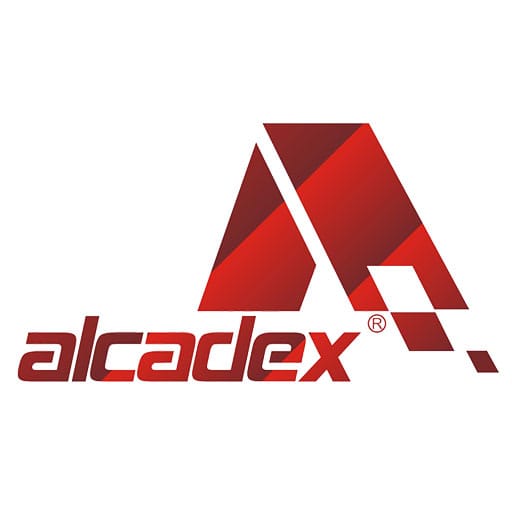
25 Jan The Historical Development of Aluminum Composite Panels in Construction
Table of Contents
- 1 Origins and Early Development of Aluminum Composite Panels
- 2 Technological Advancements in the Development of Aluminum Composite Panels
- 3 Global Use and Growth of Aluminum Composite Panels
- 4 Challenges and Solutions in the Development of Aluminum Composite Panels
- 5 Future Trends and Prospects for Aluminum Composite Panels
I’ve always been amazed by how aluminium composite panels changed building design. These panels are key for making strong and stylish buildings. They are light and tough, perfect for crowded cities. Today, over half the world’s people live in cities. By 2050, this number will grow to nearly 70%. So, the need for smart materials like aluminium composite panels is rising.
These panels have changed how buildings look and work. They allow cool shapes and detailed patterns in designs. They look modern and help keep buildings warm or cool. Architects use aluminium composite panels to create special designs that save energy and money. Their flexibility and eco-friendly features make them important for today’s buildings.
Origins and Early Development of Aluminum Composite Panels
The Birth of Aluminum Composite Panels
It’s interesting how aluminum composite panels were first created. In the 1960s, Swiss scientists mixed aluminum sheets with other materials. At first, these panels were used for signs and decorations. This was the start of a material that changed building design. By the 1980s, people saw their use in construction. They were light and strong, great for homes and offices. Later, fire-resistant layers and coatings were added. These made the panels safer and more attractive. These improvements helped them become popular in architecture.
Early Applications in Construction
In the 1980s, aluminum composite panels were used in buildings. I learned they were perfect for modern designs. In 1984, Asia finished its first aluminum panel project. Then, in 1990, China used them for the Beijing Royal Hotel. These projects showed how flexible the panels were for designs. Architects liked using them to make unique shapes and looks. This time began a new way of building, mixing beauty and usefulness.
Evolution of Material Properties
Aluminum composite panels have improved a lot over time. I like how they are strong but still light, making them easy to use. Architects can bend and shape them into creative designs. Over the years, they’ve become tougher against bad weather. Now, they come in many colors, textures, and finishes like wood or concrete. Fire-resistant cores make them safer too. They are also easy to maintain and good for the environment. These changes show how building materials keep getting better.
Technological Advancements in the Development of Aluminum Composite Panels
Innovations in Material Composition
New ideas have changed aluminum composite panels a lot. Today’s panels have fire-resistant cores and anti-bacterial coatings. These features make them safer and cleaner for public spaces. For example, companies like VIVA Composite Panel Pvt. Ltd. make panels that resist UV rays and bad weather. This makes them great for outdoor use, even in cars. I like that recycled materials are now used to make these panels. This helps the environment while keeping the panels strong and useful. These changes help aluminum composite panels fit modern building needs.
Advancements in Manufacturing Techniques
Making aluminum composite panels has improved over time. Each step is important for making good panels. First, aluminum sheets are cleaned to remove dirt. Then, treatments are added to stop rust and improve strength. Special coatings protect the panels from sunlight and weather. A plastic core is placed between the aluminum sheets. The layers are then pressed together to form the panel. New methods like rolling and extrusion make panels even better. Coatings like anodizing and powder coating make them look nice and last longer. These steps make panels strong and flexible for many designs.
Enhanced Safety and Regulatory Standards
Safety is very important in construction. Aluminum composite panels now follow stricter safety rules. New materials make the panels better at stopping fires. Fire-resistant cores are now common in tall buildings. Rules make sure panels meet safety standards. This pushes companies to make safer products. These panels are now trusted by architects and builders. They are safe, strong, and meet today’s building needs.

Global Use and Growth of Aluminum Composite Panels
Impact on Modern Building Designs
Aluminum composite panels have changed how buildings are designed. Architects use them to create bold shapes and detailed patterns. They can even look like wood or stone. These panels make buildings look modern and stay strong. I’ve seen them used in homes and offices, adding style and lasting a long time.
What I find cool is how they help new ideas in design. They work well with LED lights and smart tech for cool effects. Some buildings use these panels with sensors or screens for interactive designs. Over the years, they’ve become a top choice for building exteriors. This shows how important they are in modern architecture.
Growth in Different Regions
The need for aluminum composite panels is growing fast worldwide. In Asia-Pacific, cities and industries in China and India drive demand. North America focuses on new technology and better infrastructure. Europe cares about eco-friendly rules and sustainability. Latin America grows steadily with countries like Brazil and Mexico leading. In the Middle East and Africa, energy projects and new buildings increase demand.
| Region | Reasons for Growth |
|---|---|
| Asia-Pacific | Fast urban growth and industry in China and India. |
| North America | New technology and strong infrastructure investments. |
| Europe | Focus on eco-friendly rules and green building. |
| Latin America | Steady growth in industries, led by Brazil and Mexico. |
| Middle East & Africa | Energy projects and new buildings, with slow growth in Africa. |
This shows how these panels meet different needs in many places.
Use in Other Industries
Aluminum composite panels are used in more than just buildings. In transportation, they make vehicles lighter and save fuel. They also make vehicles look sleek and modern. In factories, they protect machines with their strong and rust-free material. It is easy to clean and last a long time.
Their many uses are impressive. From building walls to fire-safe panels, they solve many problems. They are strong, affordable, and creative, making them useful in many industries.
Challenges and Solutions in the Development of Aluminum Composite Panels
Solving Fire Safety Problems
Fire safety is very important in building construction. The Grenfell Tower fire showed the danger of unsafe panels.
The Grenfell Tower fire happened because the panels used were not fire-safe. They failed fire tests and didn’t have proper safety approval.
This event taught us to use fire-safe materials. Now, companies make panels with fire-resistant cores and coatings. These changes help panels pass strict safety rules.
| Problem | Details |
|---|---|
| Flammability | Plastic in panels can make fires spread quickly. |
| Example | The Grenfell Tower fire shows the risk of bad panels. |
| Safety Rules | Panels must meet tough fire safety standards. |
These updates make panels safer for tall buildings and busy cities.
Making ACPs More Eco-Friendly
Being eco-friendly is now a big part of construction. Aluminum composite panels help protect the environment. Companies use recycled aluminum and green materials. This lowers pollution during production.
- Panels don’t release harmful gases, keeping the air clean.
- Recycled materials help save resources and reduce waste.
- Special coatings make panels last longer in bad weather.
- Fire-resistant cores add safety in crowded areas.
Eco-friendly panels can earn LEED points and tax breaks. They can be recycled when no longer needed, cutting down on trash. Their long life means fewer new materials are needed, making them a smart choice.
Competing with Other Materials
Aluminum composite panels compete with steel and concrete. But they are cheaper and work better in many ways.
| Feature | Aluminum Composite Panels (ACP) | Other Materials |
|---|---|---|
| Cost | Cheaper and easy to install | Often more expensive |
| Strength | Strong and handles bad weather | May not last as long |
| Eco-Friendly | Recyclable and energy-saving | Not always recyclable |
These panels don’t rust and resist sunlight and pollution. It last a long time, even in tough conditions. They also save energy, cutting costs and helping the planet.
Future Trends and Prospects for Aluminum Composite Panels
New Technologies in ACPs
It’s amazing how technology is improving aluminum composite panels. Companies now use nanotechnology to make panels stronger and better looking. Nanocoatings protect panels from scratches and weather damage. Self-healing coatings are also being developed. These coatings fix small scratches, keeping panels looking new.
Digital printing has improved a lot too. It allows for custom designs, perfect for special projects. Fire-resistant cores are now more common, making buildings safer. Automation and artificial intelligence help make panels faster and cheaper. These tools ensure good quality and lower production costs.
Green Innovations and Sustainability
Eco-friendly ideas are changing how panels are made. Many companies now use recycled aluminum to save resources. Self-cleaning panels are becoming popular. They use sunlight to clean dirt, so no chemicals are needed.
Some panels now help save energy. Reflective coatings keep buildings cool by bouncing off heat. This lowers energy bills and supports green building goals. Companies are also making panels that follow strict environmental rules. These changes make aluminum composite panels great for eco-friendly projects.
Growing Uses in Construction
Aluminum composite panels are used in many creative ways. Architects use them to make cool shapes and detailed designs. They also work well with LED lights for fun effects. Some buildings even add smart tech, like interactive screens, to their designs.
Fire-resistant panels are now common in tall buildings and public spaces. Their reflective surfaces help save energy, making them perfect for modern designs. I think these improvements will lead to even more exciting uses for aluminum composite panels soon.
The history of aluminum composite panels shows how new ideas change building projects. Since their creation in the 1960s, these panels have improved a lot. Important moments, like ALUCOBOND’s launch in 1969 and fire-resistant panels in 1979, mark their progress. It’s amazing how these changes have shaped modern buildings, allowing creative designs and saving energy.
These panels have greatly influenced how buildings are made. Architects use them because they are strong, flexible, and look nice. But problems like recycling issues and competition from other materials still exist. New ideas, like self-repairing coatings and eco-friendly designs, will keep these panels important for future buildings.
The story of aluminum composite panels shows how science can change the way we build and live.


